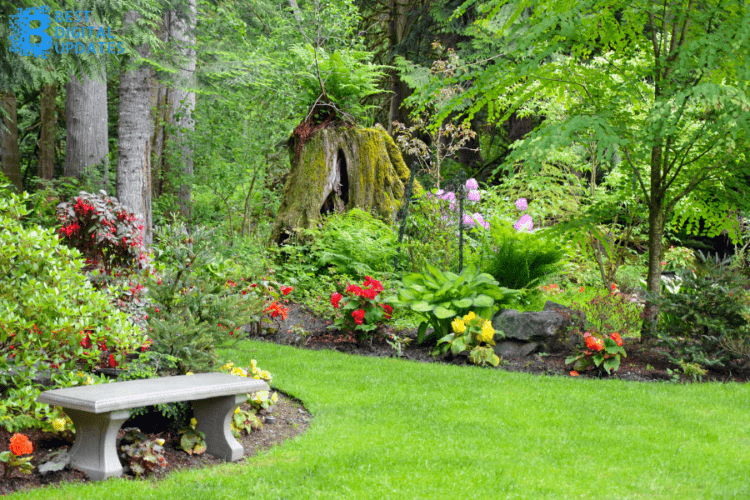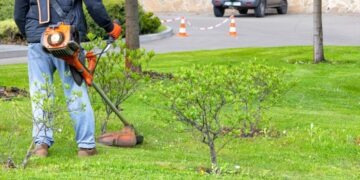If you consider getting a lawn care service, you should learn about their offerings to select the best provider and degree of facility.
Grass treatment services use a variety of supplies, tools, procedures, and timetables, but the outcomes they guarantee are consistent from one business to the next.
Companies often provide consumers with a menu of “deals” that comprise specific treatment options to be carried out for a year. Several lawn care providers also offer one-time services, while others periodically extend the lease every year. However, all enable you to terminate a deal and continue paying for the services you have gotten.
It is the most frequent kind of lawn solution, and you can handle them all yourself when you might not want to pay someone.
Aeration
Table of Contents
A tool with half-inch pieces of metal is driven over your grass, burrowing several inches under the grass to extract lumps of turf and dirt and depositing on the top. The resultant holes allow water, air, fertilizer, and organic materials to enter the soil structure. The perforations allow the soil to relax, allowing for faster root development and improved water and air movement all through the lawn.
Seeding
Although it might be costly, many lawns thrive from fall sowing. Fresh seed could be used to replenish in thinned-out regions, generate a denser grass that discourages weed growth, contribute to an emerging grass diverse range with enhanced disease and pest tolerance to a proven lawn, or contribute a superior grass variation for the neighborhood.
Certain grass treatment services provide minimal seeding for free and charge fees for larger projects. If you choose to do it manually, help ensure the seed gets into touch with the surface by stirring up the dirt beneath the grass with a spade and putting a light coating of mud or fertilizer after you’ve distributed the planting. Various lawn maintenance facilities are offered after seeding and aeration.
Fertilizing
Feeding fertilizer to your grass provides it with more nourishment, which improves its health. Based on the requirements, most grass treatment services recommend fertilizing your grass 3 to 4 times a year. However, fall fertilizing benefits the majority of turfgrasses planted on lawns.
Getting Rid of Weeds
Weeds can be controlled in a variety of methods, including:
- Competition
The most effective method is to choke off weeds using turfgrasses. Wildflowers will be few and far between in lush, robust grass because the undesired plants will be unable to thrive. Regular grooming and sowing will result in almost weed-free grass.
- Pre-emergent herbicides
A pesticide that destroys seed buds can be applied; that’s what most lawn service firms use to manage broadleaf weeds and poa annua.
- Physical eradication
It is viable in compact yards with only a few weeds; choose an asparagus blade to sever the legs. Several property maintenance firms do not provide this time-consuming service.
- Death by natural causes.
Weeds wither and perish. Let things happen naturally if the condition isn’t too bad. In addition, after weeds have developed, this is sometimes the only viable choice.
Insect Management
There are specific dangerous bugs in all fields; temperature and other variables might produce circumstances that can inflict signs of damage. Many dangerous parasites. A lush, well-kept lawn deters common pests, so most turfgrasses remain practically immune to most bug assaults.
When pest infestation is probable, several lawn care providers apply pesticides to most of the gardens they cover. This decreases the likelihood of a recalled firm between planned appointments and the clients’ possibility of being dissatisfied with yards losing sections for the year.




















